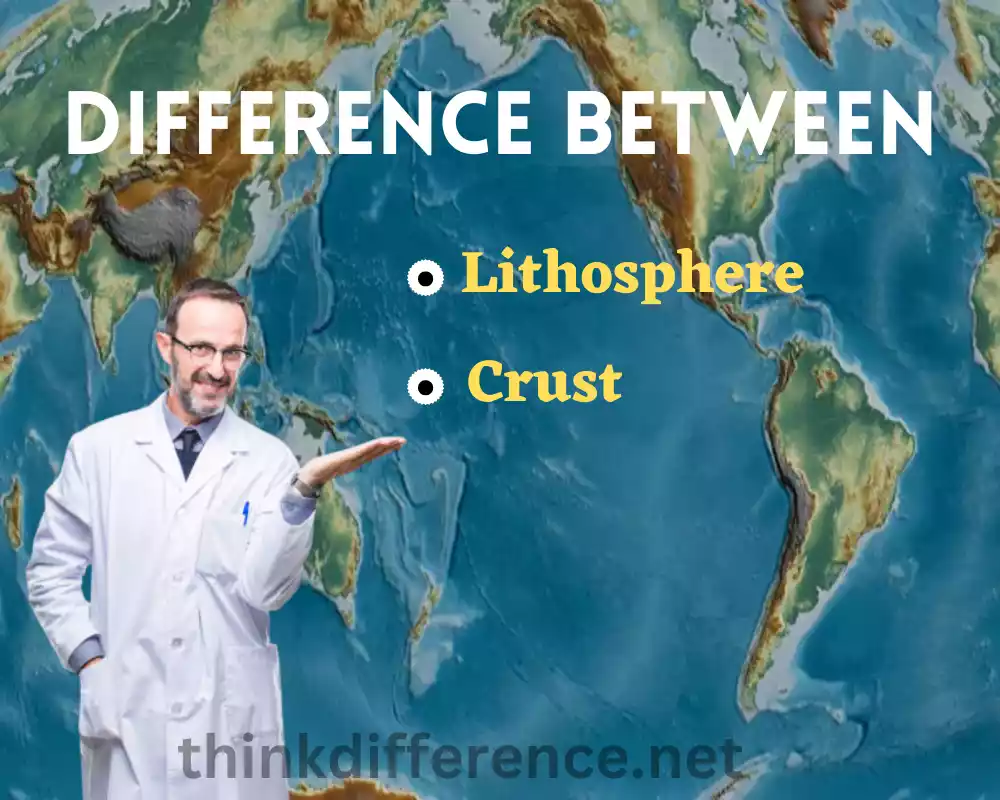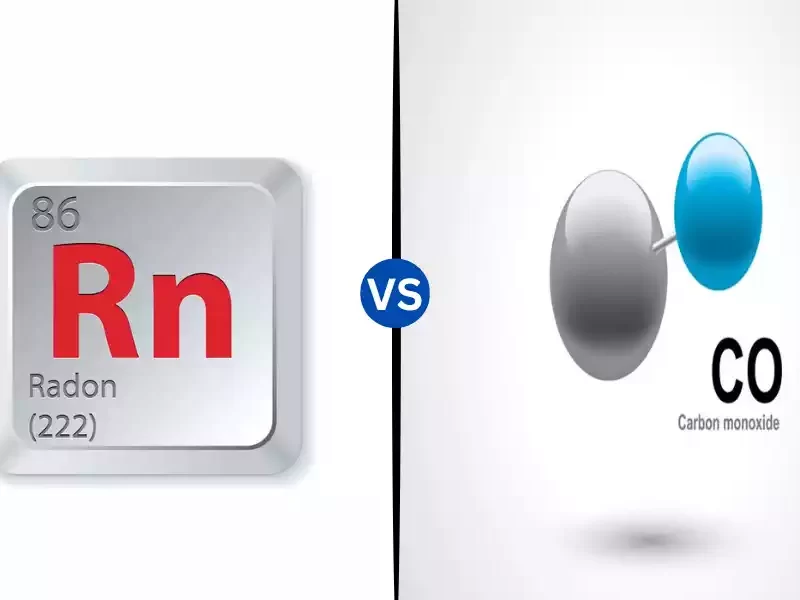Definition of Lithosphere and Crust
Lithosphere:
The lithosphere, Earth’s outermost layer, comprises both crust and upper mantle material. This layer’s composition includes rock-like material with distinct surface textures that is divided into rigid pieces called tectonic plates for easy transport across its expanse. The lithosphere lies below the asthenosphere in terms of temperature and flexibility.
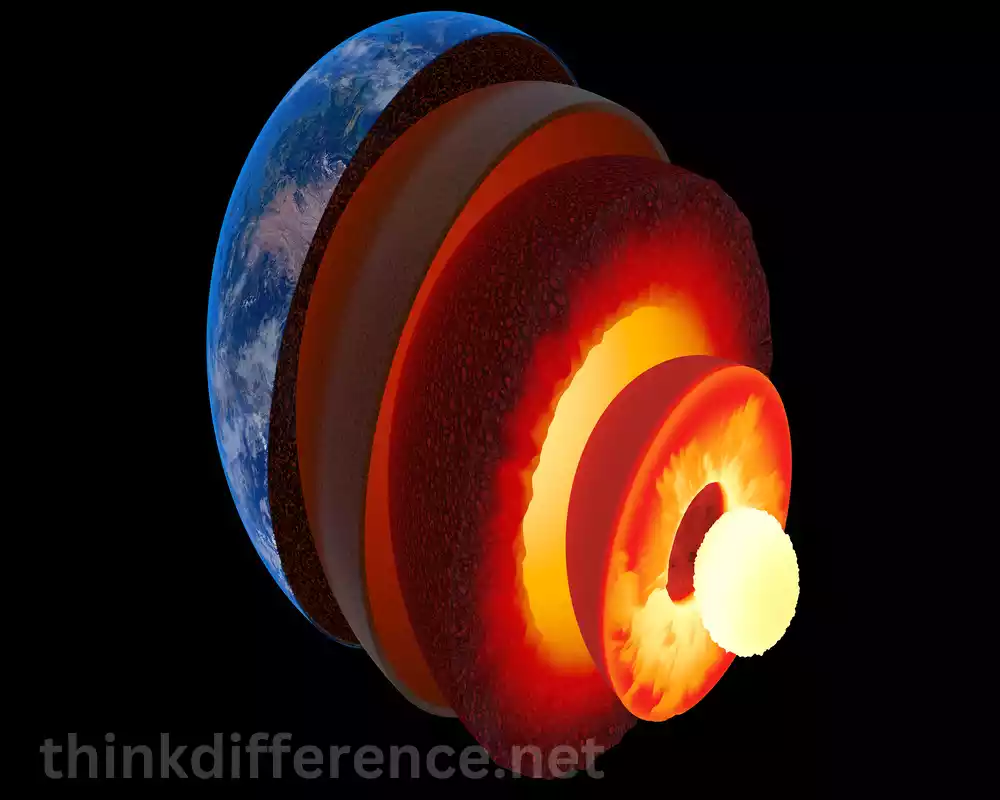
Its thickness ranges from 70 to 100 km (43-60 miles) near oceanic areas to 150 kilometers or more beneath continental regions. The term lithosphere derives its name from two Greek words, “lithos,” meaning rock, and “sphaira,” or sphere. Lithosphere plays an essential role in plate tectonics, geologic processes and surface features of our planet.
Crust:
The Earth’s crust is its outermost solid shell. As such, it encases and defines lithosphere’s uppermost part; and comprises continental and oceanic crust types respectively.
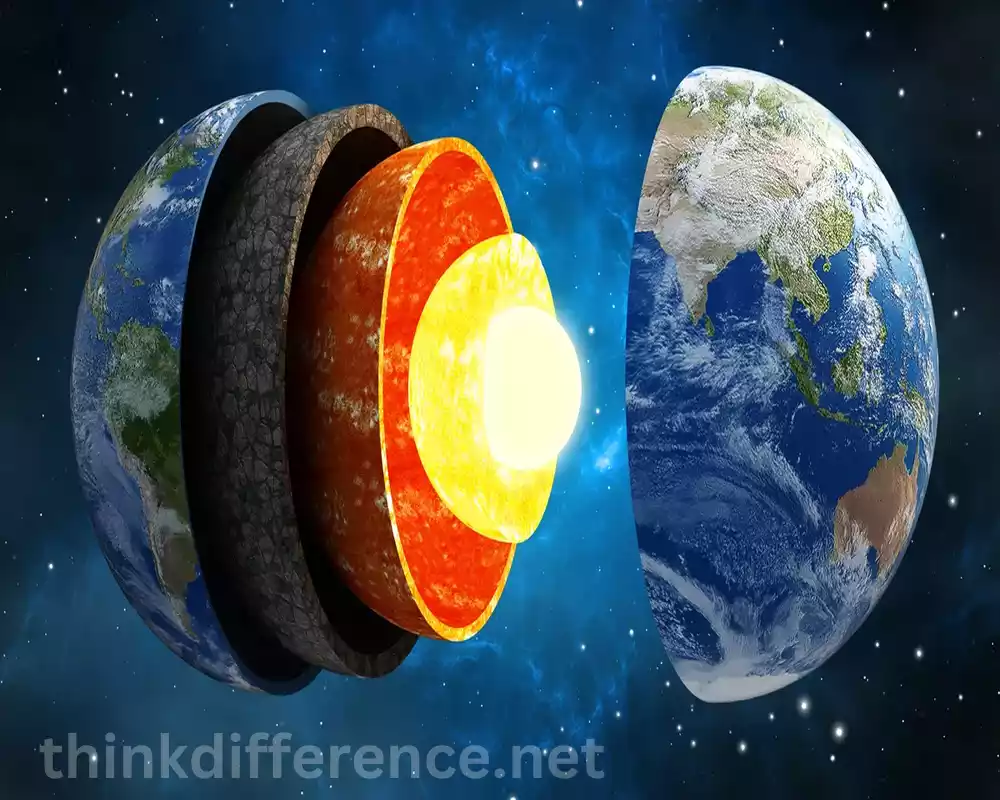
- Continental crust: This type of crust forms the landmasses or continents on Earth. Thicker rocks range in thickness between 30-50 km (18-311 mi). Composed largely of sedimentary and granitic rocks such as granite, this terrain typically extends 30-50km (18-3111 miles). Continental crust is less dense than oceanic crust and contains a wider variety of minerals.
- Oceanic crust: Oceanic crust lies below the oceans. It is thinner, measuring an average thickness of 7 km (4 miles). Most of it consists of basaltic rock such as basalt, gabbro and volcanic sediments while Oceanic crust boasts denser composition due to mafic composition.
Geological processes largely manifest themselves within the crust, such as volcanic activity or other types of rock formation and mining processes. It interacts with the underlying lithosphere and other Earth layers, and its composition and thickness vary depending on the location and tectonic activity. The study of the crust provides valuable insights into Earth’s history, geology, and resources.
The Importance of Studying the Lithosphere and Crust
Studying the Lithosphere and Crust is of great importance for several reasons:
- Understanding Earth’s Structure: The lithosphere, crust and other key components are fundamental parts of Earth’s structure. Scientists can study these layers to gain more information on their composition, thickness and physical properties so as to better comprehend our planet and its dynamics.
- Plate Tectonics: The Earth has been divided into tectonic plates that move and interact, driving various geological processes like earthquakes, volcanoes and mountain building. Scientists can gain a better understanding of this phenomenon through studying its influence by closely inspecting layers such as the lithosphere, crust or other layers in which this phenomenon operates.
- Earthquake Prediction and Mitigation: Earthquakes occur due to movement between tectonic plates. Scientists can gain a better understanding of seismic activity by conducting studies on the lithosphere, crust and subsurface; doing this will lead to improved earthquake prediction models as well as strategies that minimize their impacts.
- Natural Resource Exploration: Earth contains valuable mineral deposits including ore, fossil fuels and fresh water sources that require careful exploration for sustainable extraction, extraction and management practices. Understanding their composition, geological processes and distribution are necessary in pursuing responsible exploration, extraction, management practices.
- Environmental and Geohazards Assessments: The Earth’s crust, subsurface layers and atmosphere all play key roles in environmental processes like soil formation and erosion as well as in cycling nutrients through their cycle. Their role can also help assess and manage impacts such as landslides or subsidence.
- Evolution of Oceans and Continents: Lithosphere study offers us insight into the development over geological time of oceans and continents; this can also provide evidence for reconstructing past geological events like supercontinent breakup and formation events.
- Planetary Science: Examining our planet’s lithosphere, crust and other geological features provides valuable data that enables scientists to comprehend how different bodies form within our solar system. Comparative planetary geology helps these scientists better comprehend the processes and conditions influencing planet formation.
Researching our Earth’s lithosphere, crust and geological processes deepens our knowledge of Earth dynamics, geological processes and resources – knowledge which is useful in disaster management, resource discovery and environmental conservation as well as helping us interact sustainably with it and protect it.
Composition
The composition of the lithosphere and crust differs based on their specific layers and types:
Lithosphere:
- Lithosphere: The top portion of the mantle in the lithosphere contains predominantly silicate minerals such as olivine or pyroxene.
- Crust: Crust consists of rocks and minerals; continental crust typically comprises sedimentary rocks such as sedimentary and granitic granite while oceanic crust contains mostly basaltic rock types like basalt, gabbro and volcanic sediments.
Crust:
- Continental Crust: Continental crust is composed primarily of granitic rocks that contain silica; these include granodiorite and granite.
- Oceanic Crust: Oceanic crust is composed primarily of basaltic rock that contains magnesium and iron in abundance, along with basalt, gabbro and volcanic sediments like volcanic ash or pillow basalts.
Both the Earth’s outermost lithosphere and inner crust contain various types of minerals. Their composition varying according to geological processes, age of rock formations and location. Both layers also host many varieties of rocks including sedimentary, metamorphic and igneous rock types.
Thickness and Depth
The lithosphere and crust have varying thicknesses and depths depending on their location and type:
Lithosphere:
- Continental Lithosphere: The thickness of continental lithosphere ranges between 100 to 300 km (62 to 182 miles), depending on factors like tectonic activity and mountain ranges. The continental lithosphere is thickest beneath mountainous regions.
- Oceanic Lithosphere: The oceanic lithosphere has a thinner thickness than that of continental lithosphere. On average, its average thickness ranges from 70-100 kilometers (43-62 miles). It is typically thinner beneath the ocean basins and can reach its thinnest point at mid-ocean ridges, where new crust is formed.
Crust:
- Continental Crust: Continental crusts tend to be thicker and wider than their oceanic counterparts, generally measuring 22-25 miles or 35-40 km thick depending on location; in regions with mountain ranges (such as Himalayas), their thickness can reach 70 km – the world’s thickest continental crust exists in that mountainous terrain!
- Oceanic Crust: Comparing it with continental crust, oceanic crust has a relatively thin thickness; on average it averages 7 kilometers (4 miles). At its thinnest along mid-ocean lines where volcanic activity forms new crust layers. As one moves away from these ridges the oceanic crust becomes thicker.
These thickness values are only meant as estimates, their actual values may depend on various geological conditions and tectonic processes that take place across geographies worldwide, such as plate movements, volcanic activity or any other geological event that leads to changes in lithosphere.
Location and Distribution
The lithosphere and crust are located and distributed in specific patterns across the Earth’s surface:
Lithosphere:
- Tectonic Plates: The lithosphere is divided into several large tectonic plates, which are rigid pieces of the Earth’s outer shell. These plates are located at the Earth’s surface and interact with one another along their boundaries. There are multiple major plates, such as the Pacific Plate and North American Plate. Their distribution determines various geological processes and features such as mountains, earthquakes and volcanic activity.
- Global Distribution: The lithosphere covers the entire surface of the Earth. This includes both continental lithosphere (which lies underlying continents), as well as oceanic lithosphere, which covers ocean basins. The distribution of these two types of lithosphere is not uniform, with continental lithosphere forming large landmasses and oceanic lithosphere covering the majority of the ocean floor.
Crust:
- Continental Crust: The continental crust is found beneath the Earth’s continents, forming the landmasses. It is not evenly distributed and is concentrated in large continental masses Eurasia, North America, South America, Africa, and Australia. These continental masses are typically composed of thick and buoyant continental crust.
- Oceanic Crust: The oceanic crust is primarily located beneath the Earth’s oceans, covering the ocean basins. It surrounds the continental crust and is more widely distributed. The largest oceanic crust features are found in the Pacific Ocean, including the Pacific Plate and its associated volcanic arcs and trenches.
Plate tectonics – and its movement and distribution of plates – has an intimate link with lithosphere and crustal features, especially their location. Plate boundary types (convergent, separating or transform) play an essential part in determining where lithosphere features will appear on our planet’s surface.
Physical Properties
The lithosphere and crust possess distinct physical properties that contribute to their unique characteristics:
Lithosphere:
- Rigidity and Strength: The lithosphere is relatively rigid and exhibits significant strength compared to the underlying asthenosphere. It behaves as a brittle solid, enabling it to maintain its integrity and support the Earth’s surface features. This rigidity allows the lithosphere to resist deformation and transmit stresses across its boundaries.
- Plate Tectonics: Plate tectonics depends on the rigidity of Earth’s lithosphere. When forces act upon sections of this space-time continuum – known as tectonic plates (which represent sections of this rigid medium) they come into interaction and eventually move, changing how we understand this phenomenon. The lithosphere’s rigidity facilitates the motion and interaction of these plates, resulting in processes like subduction, seafloor spreading, and the formation of mountain ranges.
Crust:
- Density and Composition: The density of the crust varies depending on its type. Continental crust has a lower density compared to oceanic crust due to its higher proportion of lighter elements like silicon and aluminum. Oceanic crust is denser due to its higher content of heavier elements iron and magnesium. These density differences influence the behavior and interaction of the crust with other layers of the Earth.
- Variations in Physical Properties: The crust exhibits variations in physical properties based on its composition and location. Continental crust is thicker, less dense, and more heterogeneous compared to oceanic crust. Oceanic crust is typically denser and thinner than continental crust and composed largely of basaltic rock, and these differences in physical properties impact how crust behaves during various geological processes such as mountain building, volcanic activity and formation of different rock types.
Physical properties of the crust and lithosphere rigidity, composition and density play an essential part in geological processes such as plate tectonics. Their understanding is crucial for studying earthquakes or volcanic eruptions and for making predictions regarding them.
Function and Interaction
The lithosphere and crust serve important functions and interact with other Earth layers in various ways:
Lithosphere:
- Support Earth’s Surface Features: The lithosphere is an impenetrable layer that underpins Earth’s surface features such as continents, mountains and basins. Its rigidity allows for the preservation and formation of stable landmasses.
- Plate Tectonics: Lithosphere plays an integral part of plate tectonics. This phenomenon divides Earth into several tectonic plates which interact and move over time. The lithospheric plates move, collide, or separate at plate boundaries, driving geological processes such as mountain building, volcanic activity, and the formation of oceanic trenches and rift zones.
- Interaction with Asthenosphere: The lithosphere interacts with the underlying asthenosphere, which is a partially molten and ductile layer. The rigid lithosphere “floats” on the asthenosphere and moves in response to forces exerted by mantle convection. This interaction between the lithosphere and asthenosphere contributes to plate motion and the redistribution of heat within the Earth.
Crust:
- Formation of Continents and Ocean Basins: Crust plays an essential role in the formation of ocean basins and continents. Continental crust, being less dense and thicker, is primarily responsible for the existence of large landmasses or continents. Oceanic crust underlies the ocean basins and forms through volcanic activity at mid-ocean ridges, contributing to the growth of the ocean floor.
- Interactions with Lithosphere: The crust interacts with the underlying lithosphere, which includes both continental and oceanic
lithosphere. The crust forms part of a lithospheric plate and may become deformed, subducted or rifted at plate boundaries; as a result this results in mountains, trenches, volcanoes or any number of geological features being formed on Earth’s surface. - Influence on Surface Geology: The composition and properties of the crust significantly influence surface geology. Physical characteristics of different crustal types – continental and oceanic – impact the behavior and formation of rocks as well as geological processes like earthquakes, volcanoes and sedimentation.
The lithosphere and crust’s functions and interactions are interconnected with other Earth layers and processes, including the mantle, asthenosphere, and mantle convection. Understanding these interactions helps scientists decipher the geological history of Earth, predict and mitigate natural hazards, and explore Earth’s resources.
Geological Processes and Features
The lithosphere and crust are closely involved in various geological processes and contribute to the formation of numerous features on Earth’s surface.
Here are some key geological processes and features associated with the Lithosphere and Crust:
1. Plate Tectonics:
- Continental Drift: The movement of tectonic plates in the lithosphere causes continents to drift over time. This process, known as continental drift, has led to the breakup and collision of landmasses, forming supercontinents and causing the formation of new oceans.
- Subduction Zones: Subduction occurs when one tectonic plate descends beneath another at a convergent plate boundary. This process is responsible for the formation of deep ocean trenches, volcanic arcs, and mountain ranges.
- Seafloor Spreading: Seafloor spreading occurs at divergent plate boundaries, where new oceanic crust is formed through volcanic activity. This process creates mid-ocean ridges and contributes to the widening of ocean basins.
- Transform Faults: Transform plate boundaries involve the lateral sliding of two tectonic plates. The resulting transform faults, such as the San Andreas Fault in California, can cause significant earthquakes.
2. Volcanism:
- Volcanic Activity: Magma (molten rock) can rise through the crust to the surface and produce explosive eruptions on its way. This process occurs at convergent plate boundaries (subduction zones), divergent plate boundaries (mid-ocean ridges), and hotspots. Volcanoes can create volcanic mountains, lava flows, volcanic ash, and other associated landforms.
- Volcanic Islands: Volcanic activity in oceanic crust can result in the formation of volcanic islands. Hawaiian and Galapagos Islands are two examples of Islands which have experienced intense volcanic activity.
3. Mountain Building:
- Folded Mountains: When two tectonic plates collide, layers of rock in the crust can be compressed and folded, leading to the formation of folded mountains. Examples include the Himalayas, the Alps, and the Andes.
- Fault-Block Mountains: Faulting along large fractures in the crust can create fault-block mountains. These mountains are formed when blocks of crust are uplifted or down-dropped along faults, resulting in uneven terrain. The Sierra Nevada Range in California is an example of fault-block mountains.
4. Earthquakes:
- Faulting and Earthquake Generation: Earthquakes occur when accumulated strain in the lithosphere is released along faults. Faults are fractures in the crust where rocks on either side have moved relative to each other. Earthquakes release energy which causes its surface to shift and fracture. An earthquake is responsible for many surface deformations.
5. Deposition and Erosion:
- Sedimentary processes: Sediments form by deposition, transport and lithification in various environments such as rivers, lakes and oceans. Sedimentation processes contribute to landforms like deltas, beaches and sand dunes as a result.
- Erosion & Weathering: Erosion and weathering processes are driven by wind, water and ice and impact the Earth’s surface by wearing down rocks and moving sediment – creating valleys, coastlines, canyons among many others as landforms are formed in their wake.
Geological features and processes arise as a result of plate tectonics and its interaction with lithosphere, crust and asthenosphere layers, coupled with volcanic activity, mountain building and erosion processes which continually change Earth’s terrain and contribute to a constant flux in its face. These features contribute significantly to Earth’s ever-shifting surface as well as having lasting consequences on its terrain.
Human Impacts and Resource Extraction
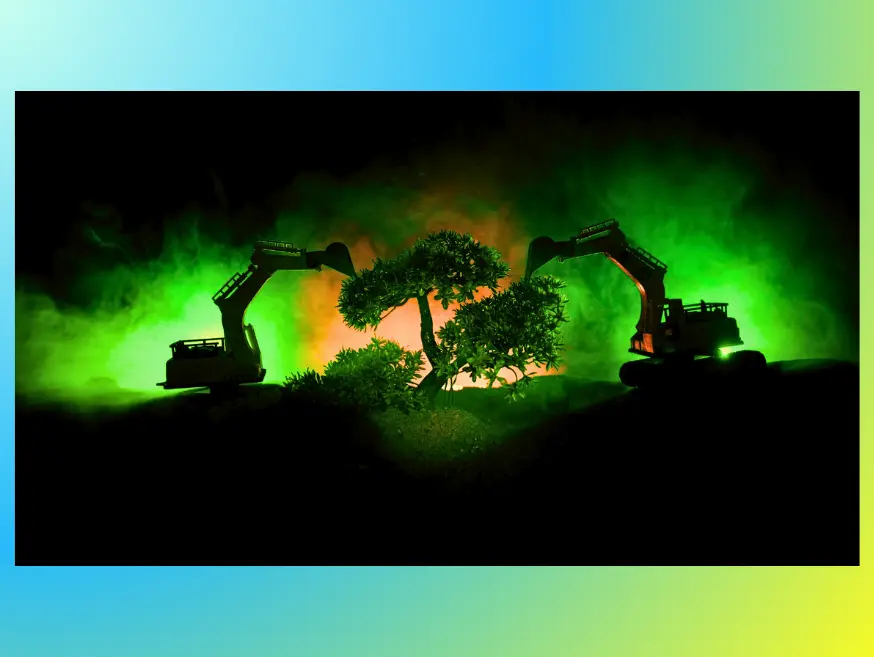
Human activities have had significant impacts on the lithosphere and crust, particularly in terms of resource extraction.
Here are some examples of human impacts and resource extraction related to the lithosphere and crust:
- Mining: Mining operations involve extracting valuable minerals and ores from the Earth’s crust. Mine activities involve extracting minerals like coal, limestone and phosphate as well as precious metals like gold, silver and copper from underground mines for industrial uses, which often result in habitat destruction, soil corrosiveness, pollution of groundwater sources and release of potentially hazardous substances into the environment. Proper management and sustainable mining practices are crucial to minimize these negative impacts.
- Quarrying: Quarrying involves the extraction of rocks and minerals for construction purposes, such as for the production of aggregates, dimension stones, and industrial minerals. Quarrying activities can alter landscapes, contribute to soil erosion, and potentially disrupt ecosystems. Careful planning and rehabilitation measures can help mitigate these impacts.
- Petroleum and Natural Gas Extraction: The lithosphere contains valuable hydrocarbon resources, including petroleum (oil) and natural gas. Extracting these resources involves drilling wells and extracting the hydrocarbons from reservoirs deep within the Earth’s crust. Oil and gas extraction can lead to habitat disruption, pollution from spills and leaks, and contribute to greenhouse gas emissions when burned as fuel. Sustainable practices and strict environmental regulations are necessary to minimize these impacts.
- Geothermal Energy: Geothermal energy heats the Earth’s crust. Geothermal power plants extract steam or hot water from underground reservoirs for use by geothermal power stations. Although considered renewable energy, geothermal can still cause subsidence, toxic emissions release, reservoir depletion or subsidence depending on how poorly managed.
- Fracking: Fracking is the process of extracting oil and natural gas from deep underground deposits by injecting high-pressure fluids to fracture rock formations in order to release trapped hydrocarbons that have become trapped over time. This technique has raised concerns about water contamination, seismic activity, and the release of greenhouse gases. Regulations and proper monitoring are necessary to address these potential risks.
It is important to balance resource extraction with sustainable practices, environmental protection, and minimizing negative impacts on the lithosphere and crust. Resource extraction can be reduced through responsible management, conservation measures and using alternative and renewable forms of energy sources.
Comparison table of Lithosphere and Crust
Here’s a comparison table highlighting the key differences between the lithosphere and crust:
| Aspect | Lithosphere | Crust |
|---|---|---|
| Definition | The rigid outer layer of the Earth’s surface | The outermost layer of the lithosphere |
| Composition | Includes both the crust and uppermost part of the mantle | Primarily composed of rocks and minerals |
| Thickness | Variable thickness, ranging from 70 to 250 kilometers | Variable thickness, ranging from a few kilometers to 70 kilometers |
| Location | Covers the entire Earth’s surface | Underlies the continents and ocean basins |
| Tectonic Plates | Divided into several large tectonic plates | Forms part of the tectonic plates |
| Physical State | Relatively rigid and behaves as a brittle solid | Varies from solid to partially molten (in the mantle) |
| Function | Supports the Earth’s surface features and plate tectonics | Contributes to geological processes and landforms |
| Interaction | Interacts with the underlying asthenosphere | Interacts with the underlying lithospheric layers |
Conclusion
The lithosphere and crust form the dynamic outer layers of the Earth, influencing the planet’s landscape, geological phenomena, and even life itself. Understanding these layers’ intricate interactions and importance allows us to appreciate the delicate balance that sustains our planet. By embracing sustainable practices and responsible stewardship, we can safeguard the lithosphere and crust for the benefit of all living beings.

